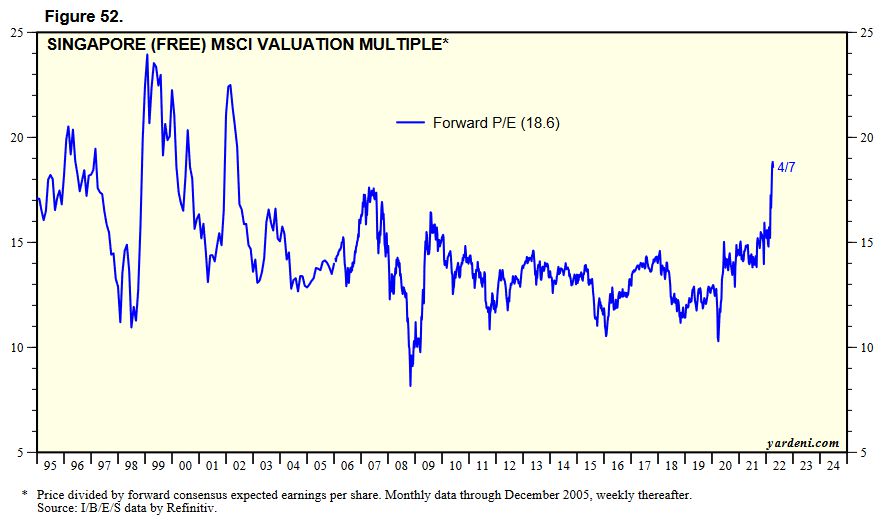 In addition to regularly rebalancing client portfolios, we analyze future price-to-earnings ratios (called “forward P/E ratios”) monthly to overweight sectors where earnings appear cheap and underweight those where earnings appear expensive based on historical valuations. This strategy of tilting towards cheaper funds and away from expensive ones is called Dynamic Tilt.
In addition to regularly rebalancing client portfolios, we analyze future price-to-earnings ratios (called “forward P/E ratios”) monthly to overweight sectors where earnings appear cheap and underweight those where earnings appear expensive based on historical valuations. This strategy of tilting towards cheaper funds and away from expensive ones is called Dynamic Tilt.
After recent interest rate hikes, the United States is attracting new money into its financial markets. To stay competitive, foreign banks must increase their interest rates as well. If they do not, they may face shortages in their attempts to supply loans.
This flight of capital to countries with higher rates means that those global banks which have yet to increase their yields are facing lower expected earnings for the coming months.
In our Freedom Investing strategy, MSCI Singapore, with approximately 40% invested in the Financial sector, has yet to increase its domestic interest rates.
As a result, the March U.S. interest rate hikes have caused Singapore’s expected earnings to dip.
The Yardeni Research provides “Global Index Briefing: MSCI Forward P/Es ” which shows country-specific forward P/Es over time. In Figure 52 (PDF Page 28), you can see Singapore’s forward P/E ratio rising sharply through April 7, 2022.
Less earnings for the same price makes Singapore a more expensive buy right now. In response to this increase in the price of expected earnings, our dynamic tilt has naturally tilted away from Singapore, under-weighting the country. Our dynamic tilt will do this until either Singapore’s twelve month earnings improve or its price dips to a more appropriate valuation.
Photo by Robynne Hu on Unsplash
